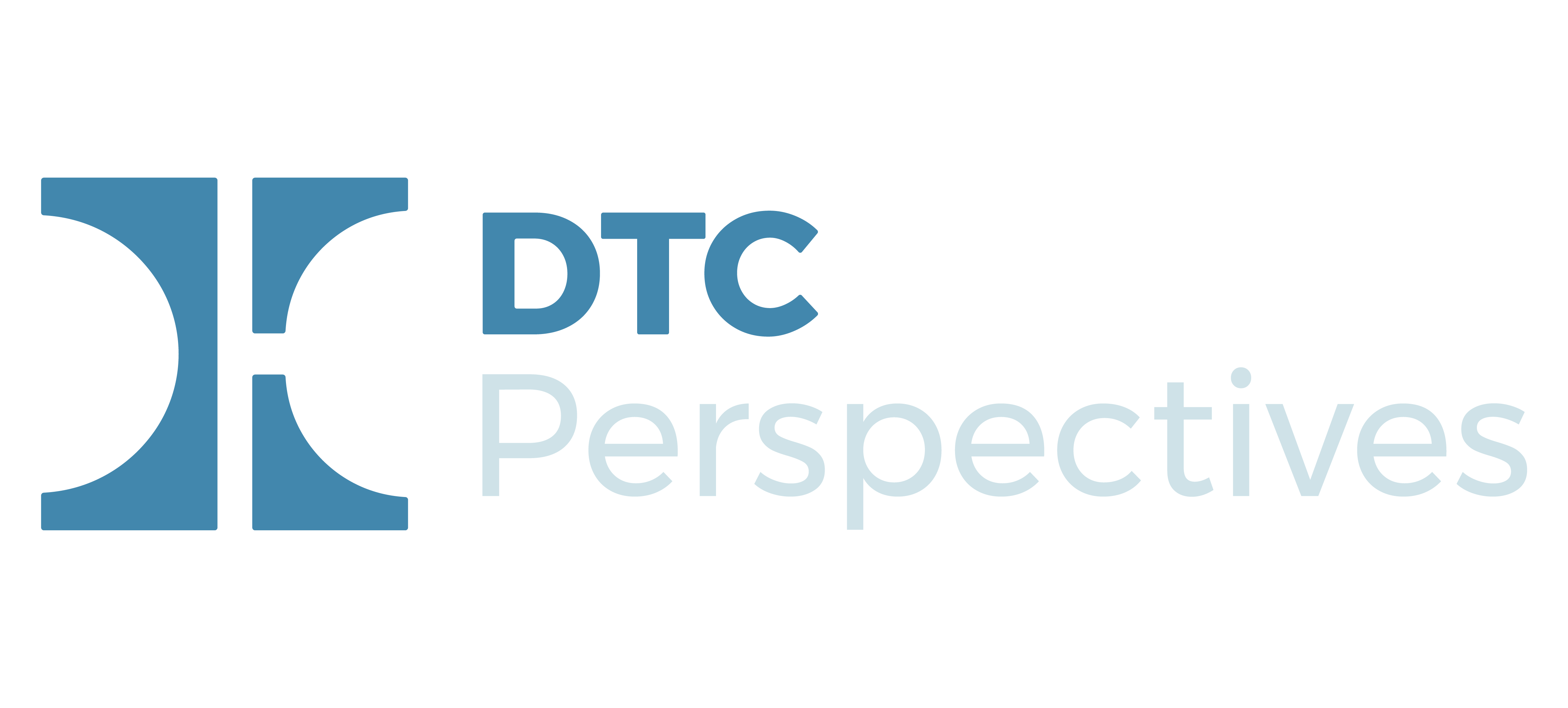In a heart wrenching story by a husband of a lung cancer patient, Opdivo DTC received harsh criticism. The op-ed in the 8/9 New York Times titled Cancer-Drug Ads vs. Cancer-Drug Reality delivers a rebuke to Opdivo for creating false expectations. The author Matt Jablow writes a touching story about his 48 year old non-smoker wife diagnosed with lung cancer who passed away in 2013.

-Bob Ehrlich
Mr. Jablow recently saw the DTC ad for Opdivo and felt it was misleading in saying it could extend the lives of lung cancer patients. He goes on to say that the drug only helps 20% of patients and only a small added survival benefit measured in months. While I understand Mr. Jablow’s concern I disagree that the commercial is misleading. It says Opdivo gives you a chance to live longer vs. chemotherapy. It says the survival in the clinical study added a few months vs. chemotherapy.
I agree the ad is majestic and bold in showing a headline about a chance of living longer. An ad always features the main benefit and is designed to get you to pay attention. No patient seeing this ad will think their cancer is going to be cured by Opdivo. They will at most ask their oncologist about the potential use for their case. The oncologist will explain benefit and risk and the added survival time will be disclosed.
The idea that a patient will see this ad and have false hope is disingenuous. Any patient or family member of a patient with lung cancer is not going to read too much into the first five seconds of an ad. These patients will investigate the drug advertised and get a lot of information before using it.
We all know Opdivo wants to make patients aware of this new drug because they want to sell more of it. That is what all advertising is designed to do. Mr. Jablow thinks the ad overstates the benefit. The FDA reviewed the ad and did not agree with Mr. Jablow. Mr. Jablow wants Opdivo to withdraw the ad. What about the patients who do benefit from seeing it? While it did not apparently help his wife who was in a clinical trial, it may help someone else's wife.
I do not expect Mr. Jablow to agree with me. No one can fully understand his anguish about losing his wife and his opinion should be respected. I think his critique is not fair, however, and the commercial is truthful and provides valuable information.


